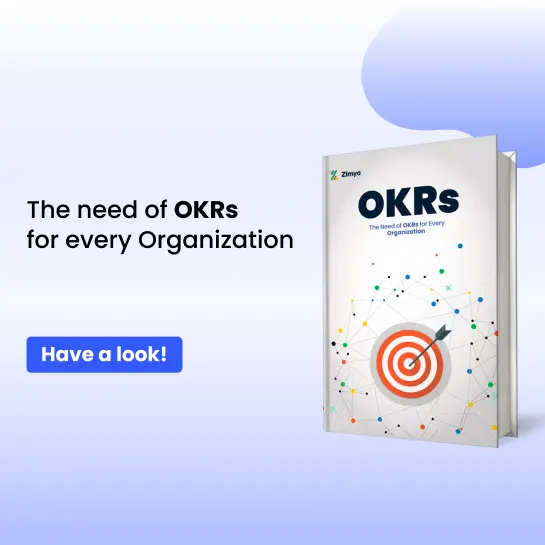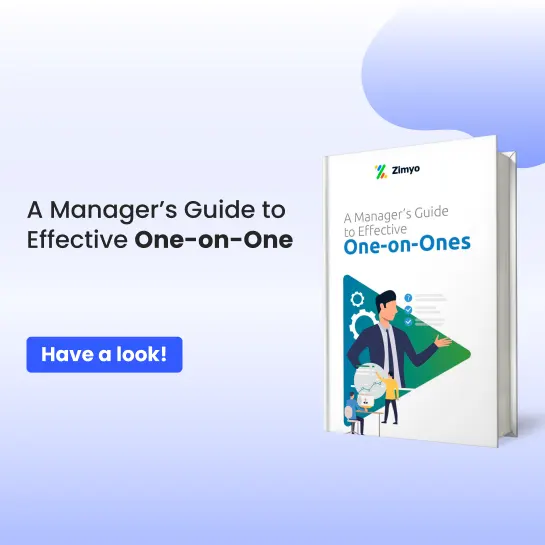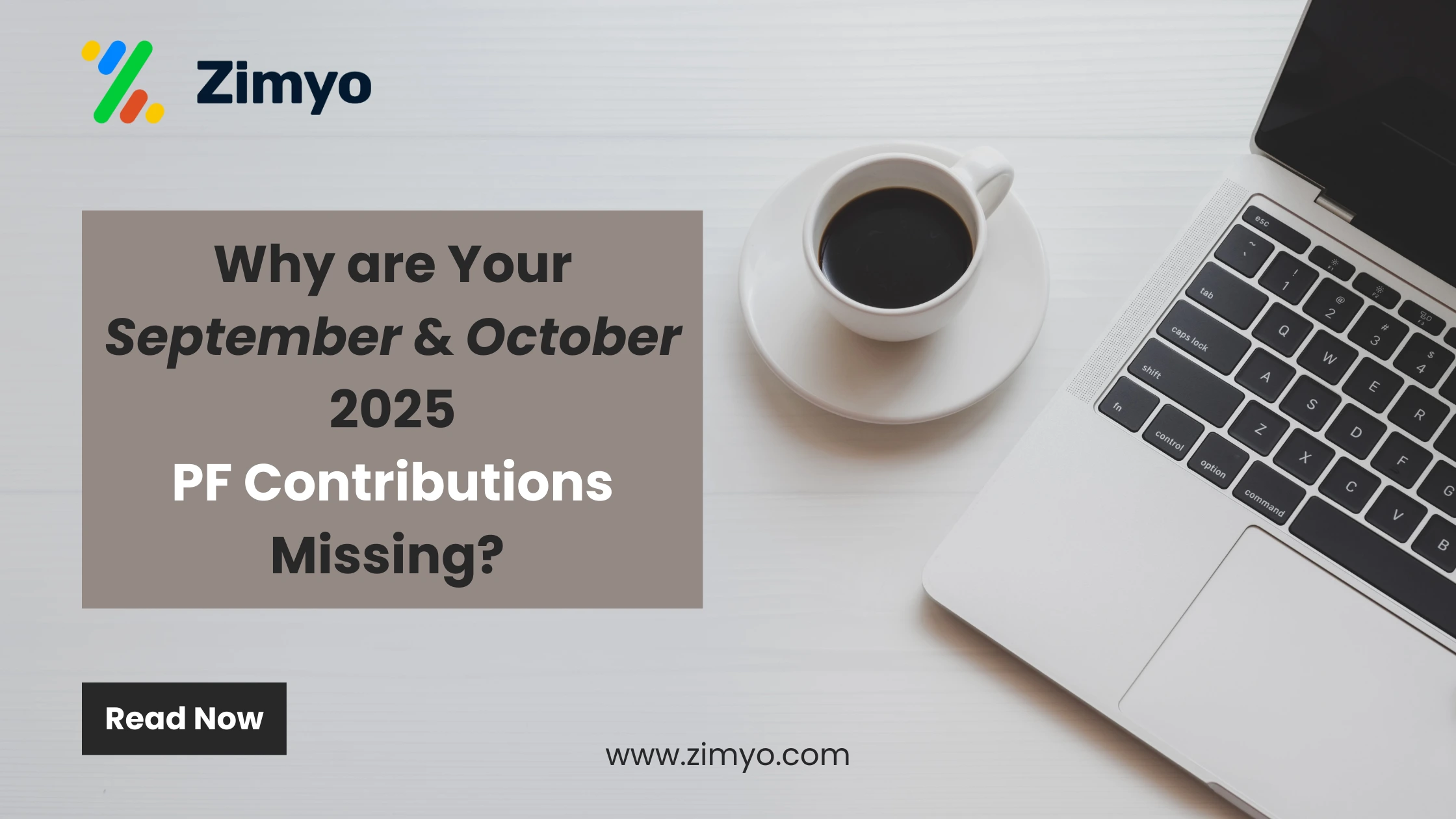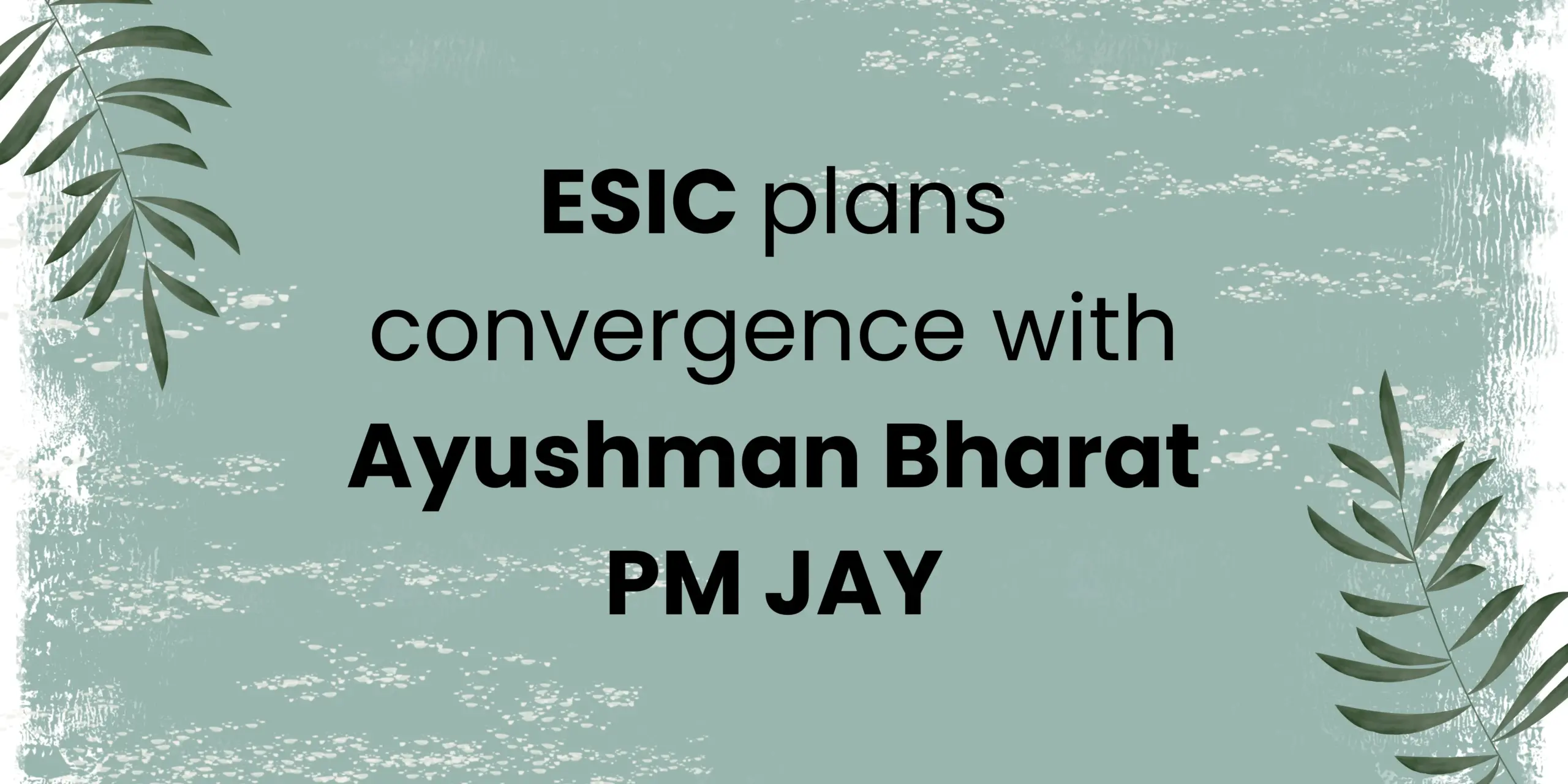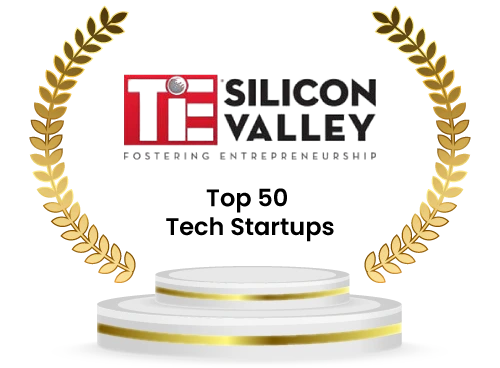Imagine this… your HR team is juggling multiple spreadsheets, emails, and manual forms just to manage employee benefits. Open enrollment is around the corner, and you realize tracking health insurance, retirement plans, perks, and payroll deductions for hundreds of employees is a nightmare. Errors creep in, employees are frustrated, and your HR team is stretched thin.
Now, picture a different scenario. All benefits are managed in one cloud-based platform. Employees can enroll themselves; payroll deductions happen automatically, compliance is tracked in real-time, and reports are ready at the click of a button. HR finally has time to focus on strategic work instead of chasing paperwork.
This is the power of Top Employee Benefits Software 2025. The right Employee Benefits Software USA not only simplifies administration but also improves employee experience, reduces errors, and ensures compliance. In this guide, we’ll walk you through everything you need to know to choose the best employee benefits software, step by step, so your company can manage benefits efficiently and effortlessly.
List of the 15 Top Employee Benefits Software
Following is the List of the 15 Top Employee Benefits Software:
- Zimyo
- Gusto
- Rippling
- Workday
- Zenefits
- ADP Workforce Now
- Justworks
- Namely
- BambooHR
- Vantage Circle
- Businessolver
- Selerix
- Deel
- Ease
- Plum HQ
Now, let us understand each one of these Employee Benefits Management Software in complete detail.
15 Top Employee Benefits Software: Explained in Detail
To have a regulated and systematic process without any chaos, it’s essential to choose software that fits best with the terms and conditions of your organization and inhibits particular features.
For you to stay clear and calm, we have sorted out the list of the top 15 employee benefits software to take into consideration.
Zimyo started as a modern HR platform designed to simplify HR tasks for businesses of all sizes. Over time, it evolved into a Cloud Based Employee Benefits Platform that helps HR teams manage payroll, benefits, and compliance from one dashboard. It is now recognized as one of the Top Employee Benefits Software 2025 and is especially suited for small and mid-sized companies that want everything in one place.
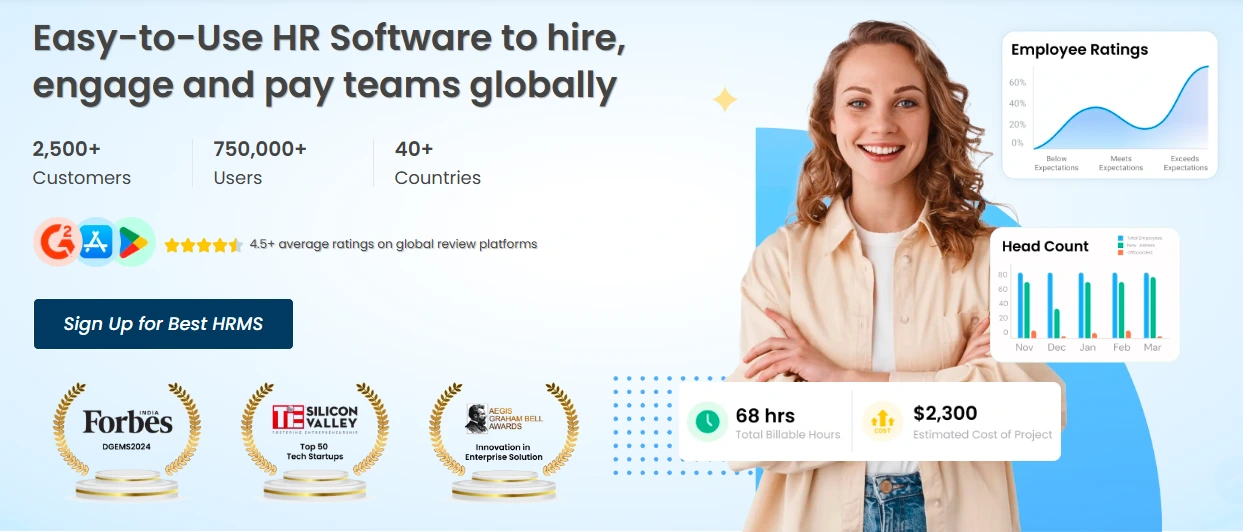
Unique Features
- Built-in HRIS and Benefits Integration Software for smooth data sync.
- Flexible benefits setup with instant enrollment and real-time tracking.
- Automated deductions directly from payroll.
- Employee self-service portal for claims, benefits, and payslips.
- Detailed analytics dashboards for HR to track benefits usage and cost.
Pros and Cons
Pros | Cons |
Unified HR + payroll + benefits in one tool | Limited brand awareness in the U.S. |
Simple for small and mid-sized businesses | Advanced analytics still expanding |
Affordable and scalable SaaS Benefits Administration Solution | Some integrations require setup time |
2. Gusto
Gusto started in 2011 as a payroll-first platform and quickly expanded into a full Employee Benefits Management Software. It helps small and medium-sized businesses manage payroll, benefits, and HR compliance in one cloud system, making it one of the Top Employee Benefits Software 2025.
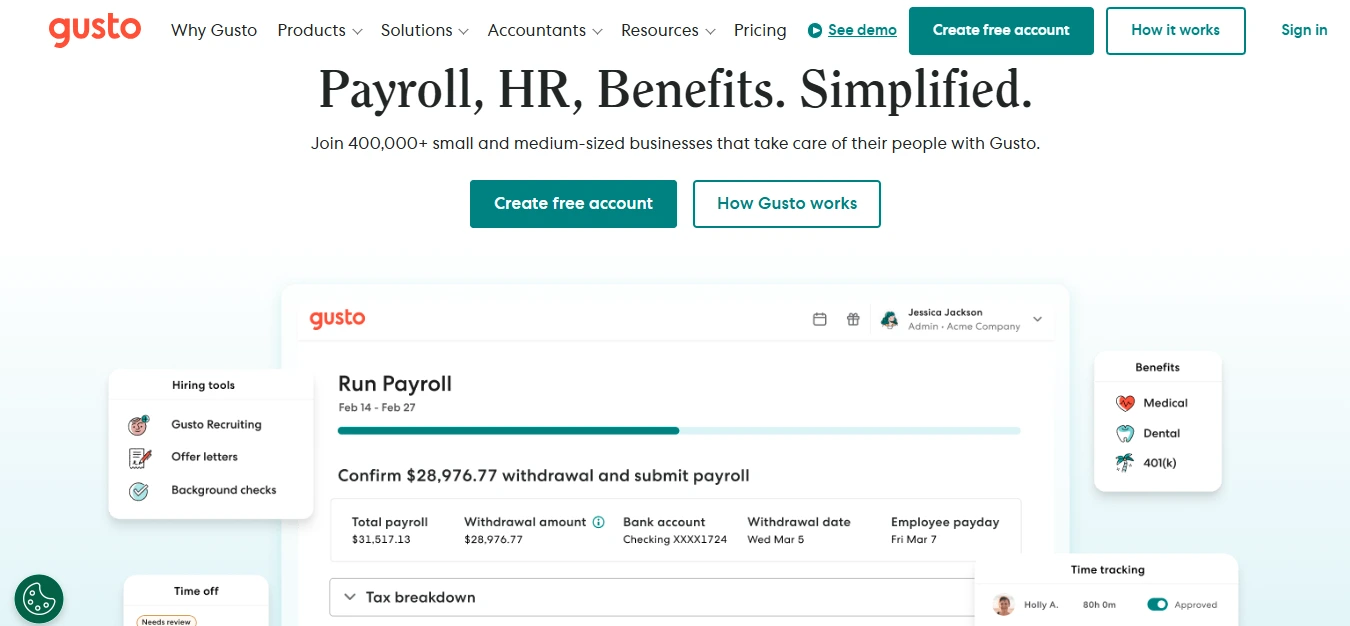
Unique Features
- Automated benefits enrollment and payroll integration (HR Benefits Software with Payroll Integration)
- Employee self-service portal for perks, claims, and tax forms
- Cloud-based dashboard with real-time reporting
Pros and Cons
Pros | Cons |
Easy setup for small businesses | Limited for very large enterprises |
Affordable and intuitive | Some global benefits options missing |
Payroll + benefits in one system | Advanced reporting limited |
3. Rippling
Founded in 2016, Rippling combines HR, payroll, IT, and Employee Benefits Software USA features in one platform. It automates employee onboarding, payroll, and benefits management. Therefore, making it a suitable Employee Benefits Management Software for companies of all sizes.
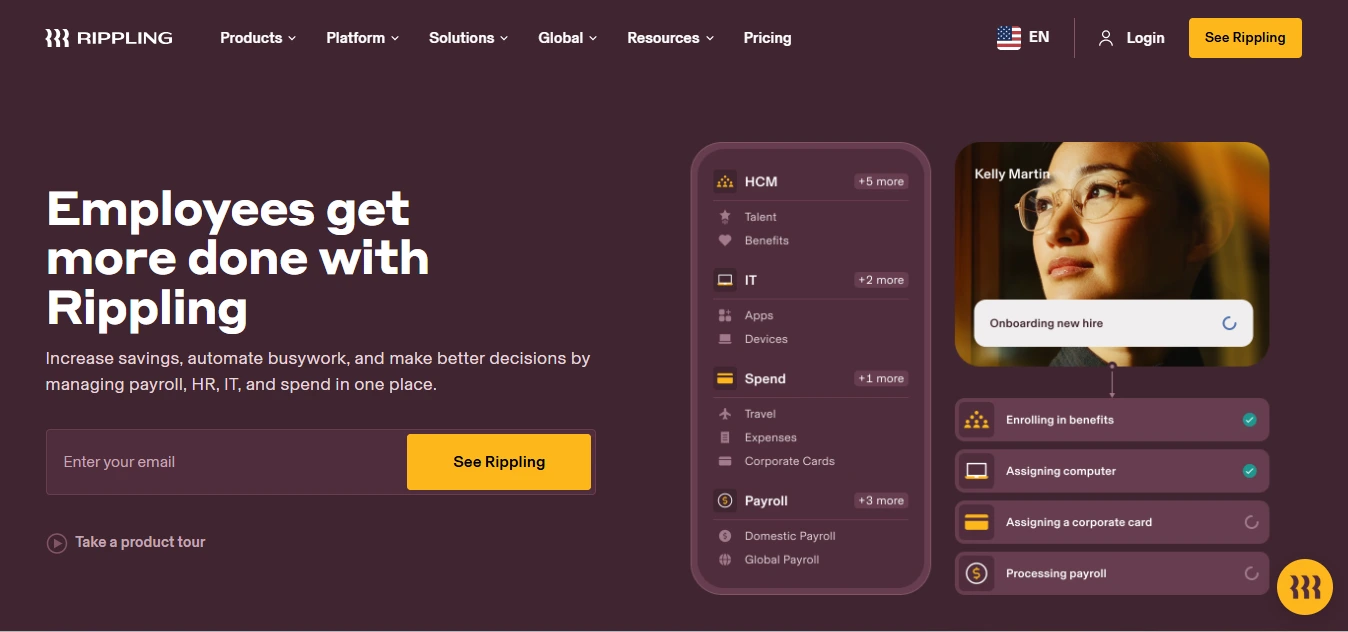
Unique Features
- Integration of IT and HR (Employee Benefits Automation Tools)
- Automatic benefits setup during onboarding
- Global compliance and payroll integration
Pros and Cons
Pros | Cons |
Unified HR and IT + benefits | Pricing increases with more modules |
Strong automation tools | Can be complex to set up initially |
Supports remote teams | Advanced reporting setup needed |
4. Workday
Workday is an enterprise-grade Benefits Administration Software launched in 2005. It provides deep analytics, workforce planning, and global compliance for large corporations, making it one of the Best Employee Benefits Software USA for enterprises.
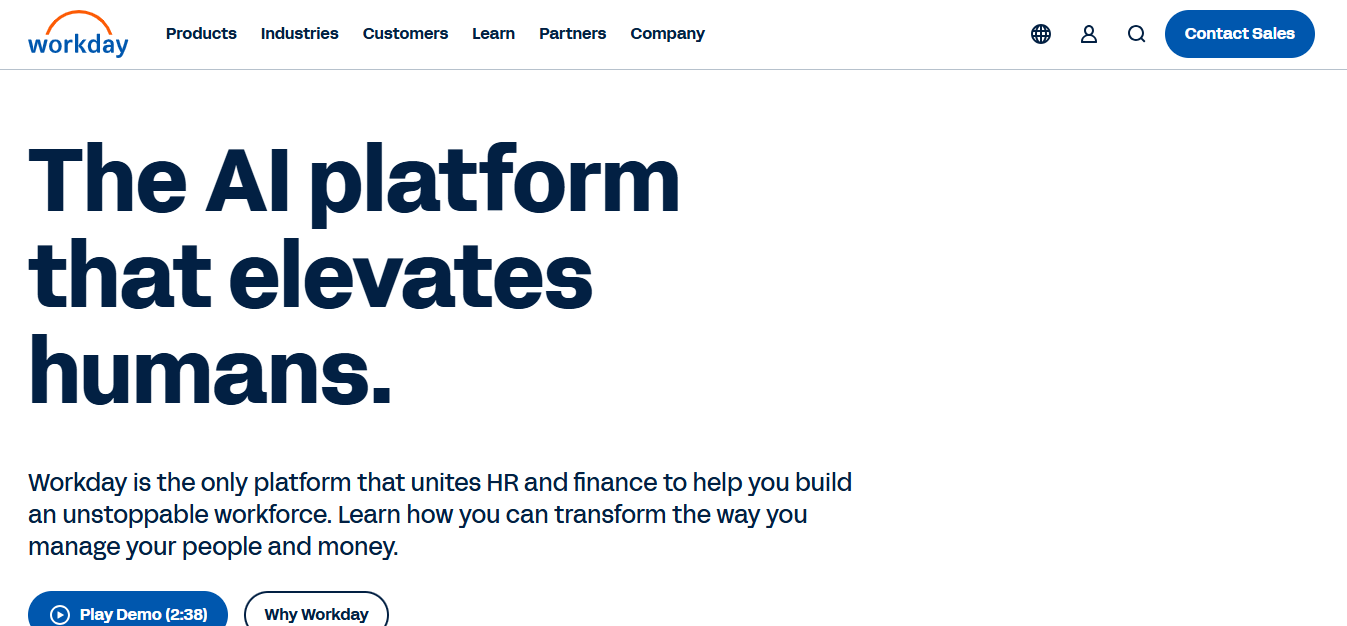
Unique Features
- AI-powered workforce and benefits analytics (Employee Benefits Analytics Software)
- End-to-end benefits management across global locations
- Advanced workflow automation
Pros and Cons
Pros | Cons |
Excellent for large enterprises | Expensive and complex |
Deep analytics and compliance | Requires dedicated HR IT support |
Global benefits administration | Not ideal for small businesses |
5. Zenefits
Zenefits (now part of TriNet) offers Cloud Based Employee Benefits Platform solutions for small to mid-sized businesses. It automates payroll, HR, and benefits in a single system and is popular as Employee Benefits Management Software.
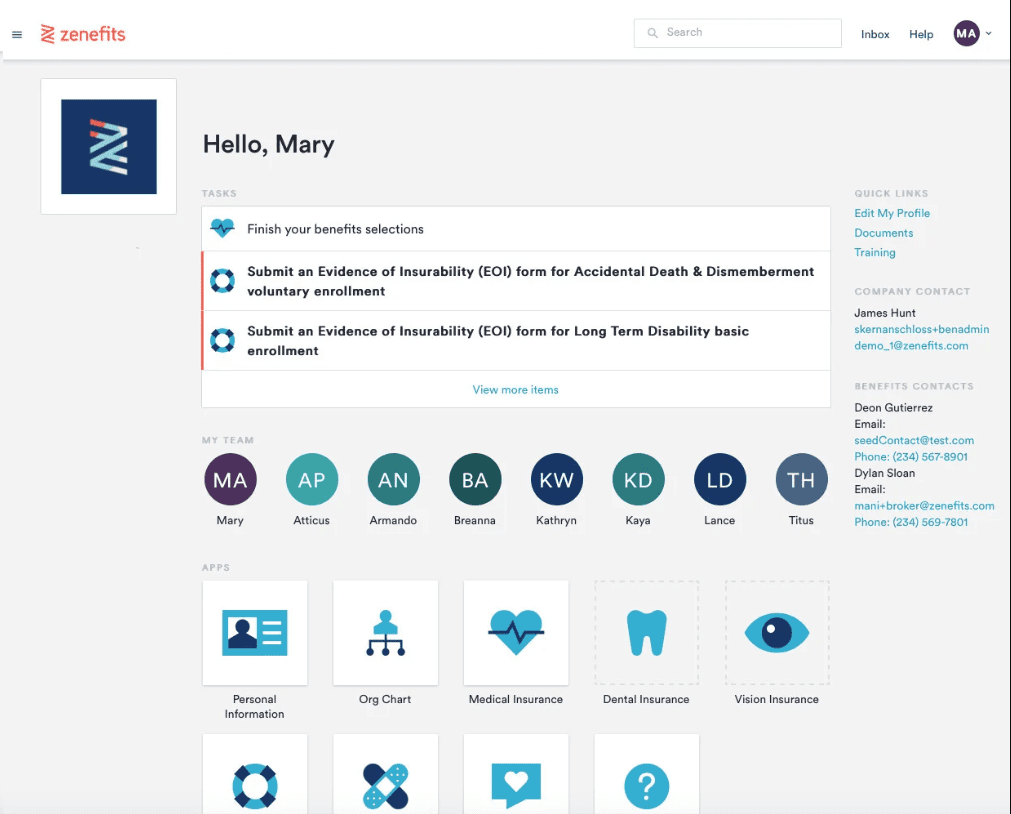
Unique Features
- Automated ACA compliance tracking (HR Compliance Benefits Software)
- Integration with multiple insurance providers
- Mobile-friendly benefits enrollment in Benefits Administration Software
Pros and Cons
Pros | Cons |
Easy to use for startups | Limited for large enterprises |
Affordable cloud solution | Advanced analytics limited |
Good mobile access | Some integrations require setup |
6. ADP Workforce Now
ADP Workforce Now is a trusted Employee Benefits Software USA for mid-sized and large companies. It provides payroll, HR, and benefits management with strong compliance tools.
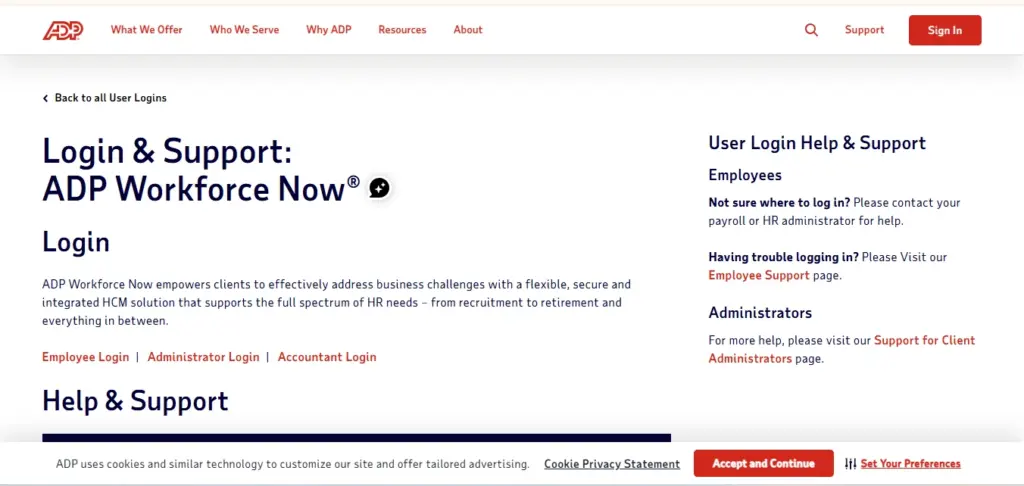
Unique Features
- Payroll and benefits tightly integrated (HR Benefits Software with Payroll Integration)
- Global compliance and tax tracking
- Extensive partner ecosystem for benefits
Pros and Cons
Pros | Cons |
Trusted for mid-size and large firms | Complex interface for beginners |
Excellent compliance tools | Higher cost |
Wide benefits provider support | Setup can take time |
7. Justworks
Justworks is an Affordable Benefits Administration Software USA that provides small and growing companies with HR, payroll, and benefits in one platform. It’s also a SaaS Benefits Administration Solution that simplifies compliance and administration.
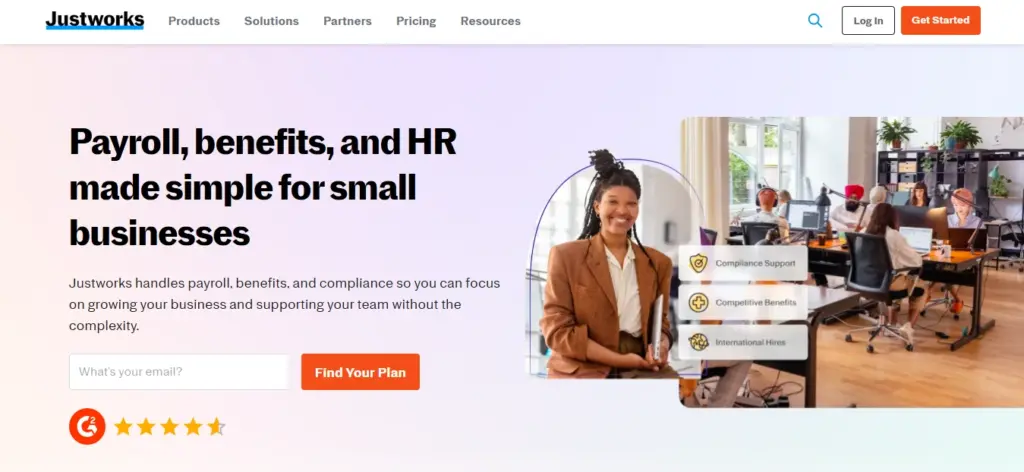
Unique Features
- Simple benefits enrollment for health, dental, and vision
- Payroll integration with automated deductions
- Compliance alerts for HR teams
Pros and Cons
Pros | Cons |
Affordable for startups | Limited customization |
Easy to manage for small teams | Fewer integrations than larger platforms |
Cloud-based and mobile-friendly | Not ideal for enterprises |
8. Namely
Namely targets mid-sized companies with Employee Benefits Management Software focused on HR, payroll, and benefits. It offers a balance between usability and advanced HR features.
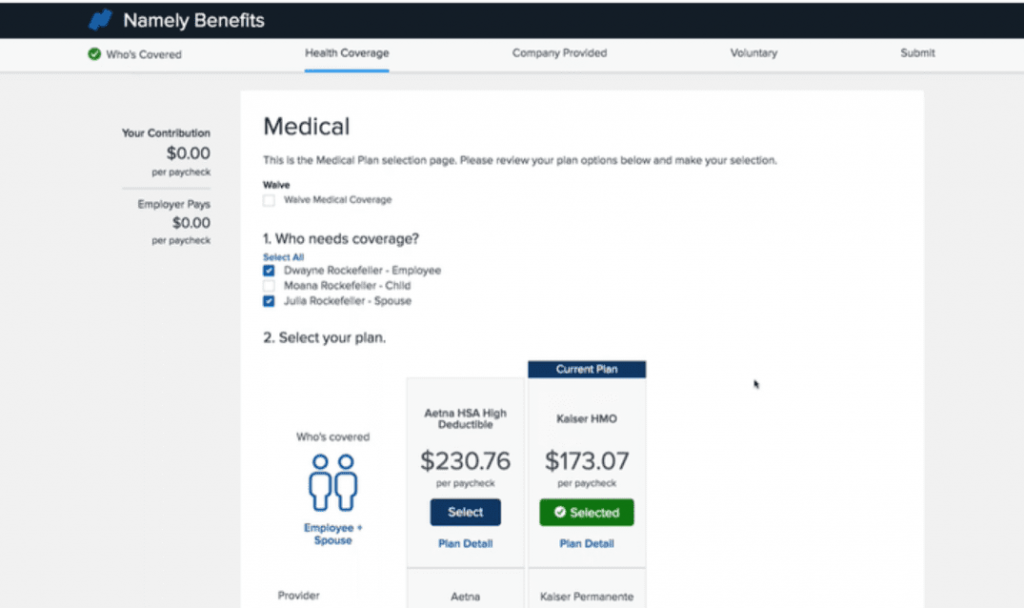
Unique Features
- Personalized employee benefits recommendations (Employee Perks and Benefits Software)
- Compliance tracking and alerts
- Employee self-service dashboards
Pros and Cons
Pros | Cons |
Good mid-market solution | Slightly expensive for small teams |
User-friendly dashboards | Limited global support |
Strong compliance tools | Setup may take time |
9. BambooHR
BambooHR is a Digital Benefits Management Platform for small and medium businesses. It emphasizes employee experience and simple HR workflows, making it one of the Top Employee Benefits Software 2025 for small businesses.
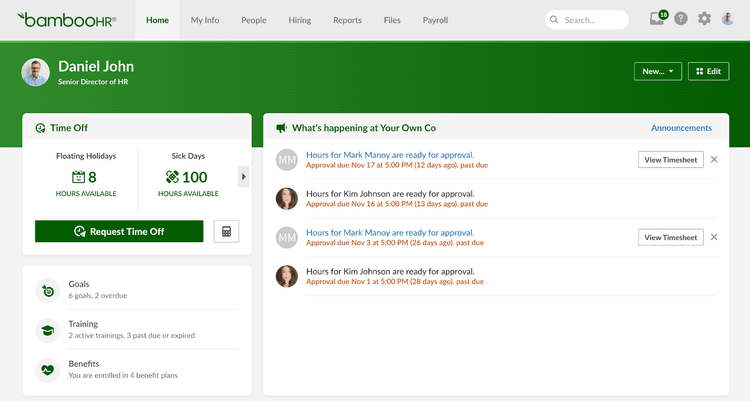
Unique Features
- Easy benefits enrollment and tracking in Employee Benefits Management Software
- Mobile-friendly for remote teams (Remote Employee Offboarding Tools)
- Integrated HR and payroll modules in Benefits Administration Software
Pros and Cons
Pros | Cons |
Simple and user-friendly | Limited enterprise features |
Great for startups | Advanced analytics not robust |
Strong employee experience | Some integrations are limited |
10. Vantage Circle
Vantage Circle offers Employee Perks and Benefits Software focused on engagement and recognition. It’s ideal for modern businesses looking for employee satisfaction tools alongside Employee Benefits Management Software.
Unique Features
- Perks and rewards tracking
- Customizable benefits dashboards
- Employee engagement analytics
Pros and Cons
Pros | Cons |
Engaging platform | Not a full HRIS solution |
Great for remote teams | Limited payroll integration |
Easy to use | Better for mid-sized firms |
11. Businessolver
Businessolver is a specialized Benefits Administration Software for enterprises, with strong focus on compliance and benefits automation.
Unique Features
- End-to-end benefits management (End-to-End Benefits Management Platform)
- Advanced reporting for HR
- Automated eligibility tracking
Pros and Cons
Pros | Cons |
Excellent enterprise solution | Expensive for small businesses |
Strong compliance tools | Learning curve for new users |
Great reporting | Requires IT support for setup |
12. Selerix
Selerix offers a cloud Employee Benefits Management Software USA platform, mainly for mid-to-large companies. It focuses on benefits enrollment, compliance, and automation.
Unique Features
- Automated benefits enrollment (Benefits Enrollment Software USA)
- Integration with payroll and HRIS
- ACA compliance tracking
Pros and Cons
Pros | Cons |
Excellent automation | Not ideal for small businesses |
Cloud-based | Some customization limited |
Good reporting | Learning curve for admins |
13. Deel
Deel is a Cloud Based Employee Benefits Platform designed for international and remote teams. It helps manage payroll and benefits for employees and contractors worldwide through Employee Benefits Management Software feature.
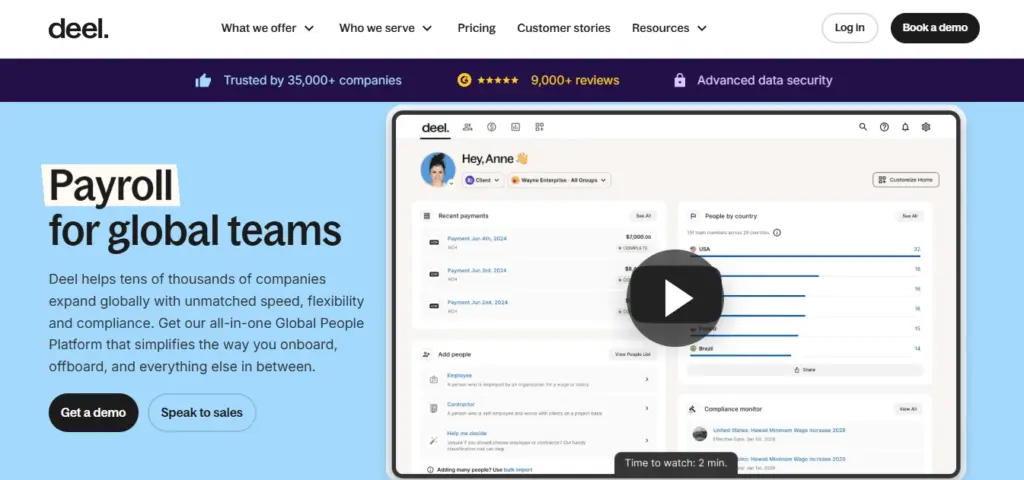
Unique Features
- Global benefits administration (AI-Powered Benefits Software USA)
- Automated compliance and payroll integration
- Cloud-based support available in Employee Benefits Management Software for the remote teams
Pros and Cons
Pros | Cons |
Excellent for global companies | Less suitable for local-only firms |
Strong automation | Premium pricing for large teams |
Easy for remote employees | Fewer local benefit options |
14. Ease
Ease provides HR Software with Benefits Module for small and mid-sized businesses. It simplifies benefits, payroll, and HR compliance on a cloud Employee Benefits Management Software platform.
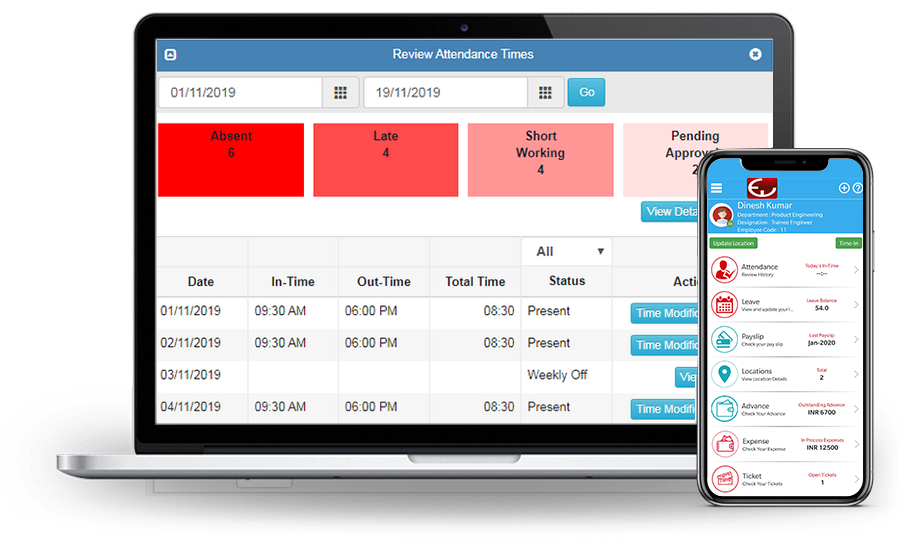
Unique Features
- Employee self-service for benefits
- Integration with payroll and HRIS
- ACA and COBRA compliance available in Employee Benefits Management Software
Pros and Cons
Pros | Cons |
Simple and affordable | Limited advanced features |
Easy setup | Fewer integrations outside the platform |
Great for startups | Basic analytics |
15. Plum HQ
Plum HQ focuses on employee engagement and Employee Compensation and Benefits Tools. It’s a modern solution for startups and mid-sized companies looking for perks and benefit management in one platform.
Unique Features
- Employee recognition + benefits tracking
- Analytics for HR and management
- Cloud-based and mobile-friendly
Pros and Cons
Pros | Cons |
Combines perks and benefits | Limited payroll integration |
Great for small to medium teams | Not enterprise-focused |
Easy to use and modern | Fewer compliance tools |
Simple Guide: How to Choose the Top Employee Benefits Software
Choosing the right employee benefits software is an important decision for any company. The right solution helps HR manage benefits efficiently, simplify enrollment, improve employee experience, automate compliance, and save time.
The wrong choice wastes money, creates confusion, and can lead to errors in benefits administration.
Here’s a simple, step-by-step guide to help you pick the Top Employee Benefits Software.
Step 1: Understand your needs and form a team
- Decide why you need benefits software (health, dental, retirement, perks, automated payroll deductions, reporting, compliance, etc.).
- Form a small team: HR, payroll, finance, and one IT or admin person.
- Write down your goals in one page.
Output: clear objectives + list of people in charge.
Step 2: Review your current benefits process
- Map out how you manage benefits today: enrollment, claims, approvals, payroll integration, and reporting.
- Identify problems like manual tracking, errors, low employee satisfaction, or compliance issues.
- Note how much time HR spends each month on benefits administration.
Output: list of pain points and areas to improve.
Step 3: Make a must-have vs nice-to-have list
Must-haves:
- Automated benefits enrollment and management (Benefits Enrollment Software USA)
- Integration with payroll (HR Benefits Software with Payroll Integration)
- Compliance tracking (HR Compliance Benefits Software)
- Employee self-service portal
- Reporting and analytics (Employee Benefits Analytics Software)
Nice-to-haves:
- AI-powered benefits recommendations (AI-Powered Benefits Software USA)
- Employee perks and recognition tracking (Employee Perks and Benefits Software)
- Mobile app access for remote teams (Remote Employee Offboarding Tools)
- Integration with HRIS or HRMS
- Cost and usage dashboards (Digital Benefits Management Platform)
Output: clear list of requirements.
Step 4: Set your budget
- Check all costs: subscription per employee/month, implementation fees, integrations, training, and support.
- Plan for at least 3 years to estimate the total cost of ownership.
Output: a 3-year budget plan.
Step 5: Shortlist vendors
- Start with 8–10 Top Employee Benefits Software options, then narrow down to 3–6 that fit your needs and budget.
- Check vendor experience with your industry and company size.
- Ask for references, case studies, or client testimonials.
Output: final vendor shortlist for deep evaluation.
Step 6: Prepare demo questions
Don’t rely on generic demos. Ask vendors to show how their software handles your actual processes.
Examples:
- Enroll 50 employees in multiple benefit plans automatically.
- Track payroll deductions for health and retirement plans.
- Generate real-time benefits usage and cost reports.
- Handle employee requests or changes via self-service portal.
- Check compliance with ACA or local regulations.
Output: a demo script for fair evaluation.
Step 7: Prepare demo questions
- Use a scorecard (1–5) for features like automation, ease of use, reporting, mobile access, integration, and support.
- Compare all vendors on the same scale to reduce bias.
Output: clear scores and ranking.
Step 8: Check references and test with real data
- Talk to current clients about support, implementation time, and real-world usage.
- If possible, run a pilot with a small group of employees to test enrollment, payroll deductions, and reporting.
Output: proof that the software works in real situations.
Step 9: Negotiate the deal
- Ask for clear pricing for at least 3 years, including renewal terms.
- Make sure employee and payroll data is secure and exportable anytime.
- Check service-level agreements (SLA) for uptime, support response times, and updates.
- Ensure training and onboarding support are included.
Output: safe and transparent contract.
Step 10: Plan rollout and training
- Create a timeline: setup → test → train → go-live.
- Train HR, payroll teams, and employees on self-service portals and benefits processes.
- Roll out in phases (pilot → department-wise → full company).
Output: smooth rollout without confusion.
How to measure success after launch?
- Time spent on benefits administration (should reduce).
- Employee satisfaction with benefits (should improve).
- Errors in payroll deductions or claims (should drop).
- Participation in perks and programs (should increase).
- Speed and accuracy of reports (should improve).
Tips & Pitfalls
- Always check references.
- Keep workflows simple.
- Train HR and employees properly.
- Don’t choose based only on software appearance.
- Watch for hidden costs like integrations or extra modules.
Final check before signing
- Must-haves all covered?
- Budget fits for 3 years?
- Pilot results are good?
- References are positive?
- Contract is clear and data is secure?
If yes → Go ahead and sign.
Conclusion
Think back to the chaos of managing benefits manually… spreadsheets, missed deadlines, frustrated employees, and HR constantly putting out fires. Now imagine a smooth, automated system where everything happens seamlessly: employees enroll themselves, payroll deductions are accurate, compliance is tracked, and HR has clear, real-time insights.
Choosing the right Top Employee Benefits Software transforms this vision into reality. It saves time, reduces errors, boosts employee satisfaction, and gives your HR team the freedom to focus on more strategic priorities. By following the steps in this guide, defining your needs, shortlisting vendors, running demos, and testing with real data, you can confidently select a solution that fits your company perfectly.
With the right Employee Benefits Software USA, managing employee benefits becomes less of a burden and more of a competitive advantage, helping your company attract, retain, and engage top talent while staying compliant and efficient.
FAQs (Frequently Asked Questions)
Employee benefits are non-wage compensations provided to employees, such as health insurance, retirement plans, and paid leave. They enhance job satisfaction and loyalty by addressing employees’ financial, health, and well-being needs.
Employee benefits software streamlines the management and administration of employee benefits, improving efficiency and accuracy. It also enhances employee satisfaction by providing easy access to self-service options.
There are a number of employee benefits software but some of the best are Zimyo, Rippling, and Gusto.

